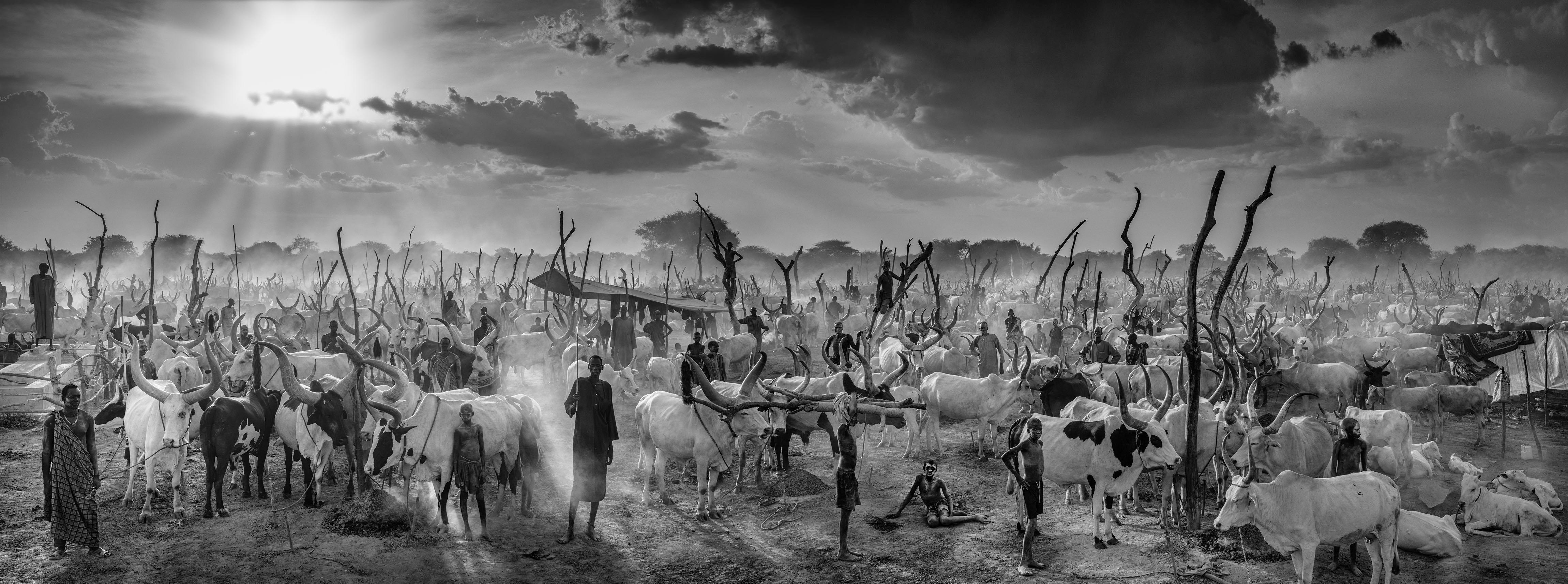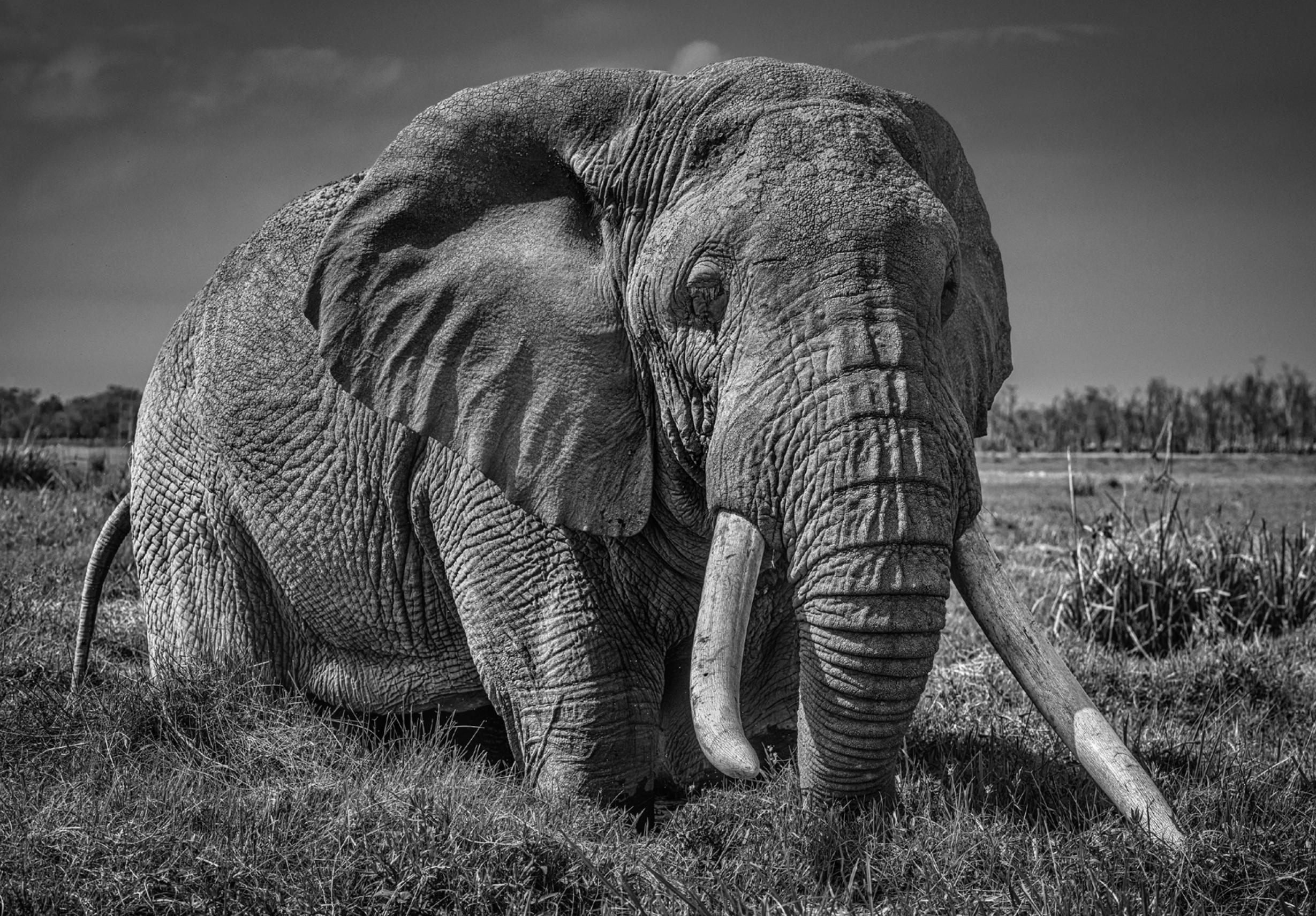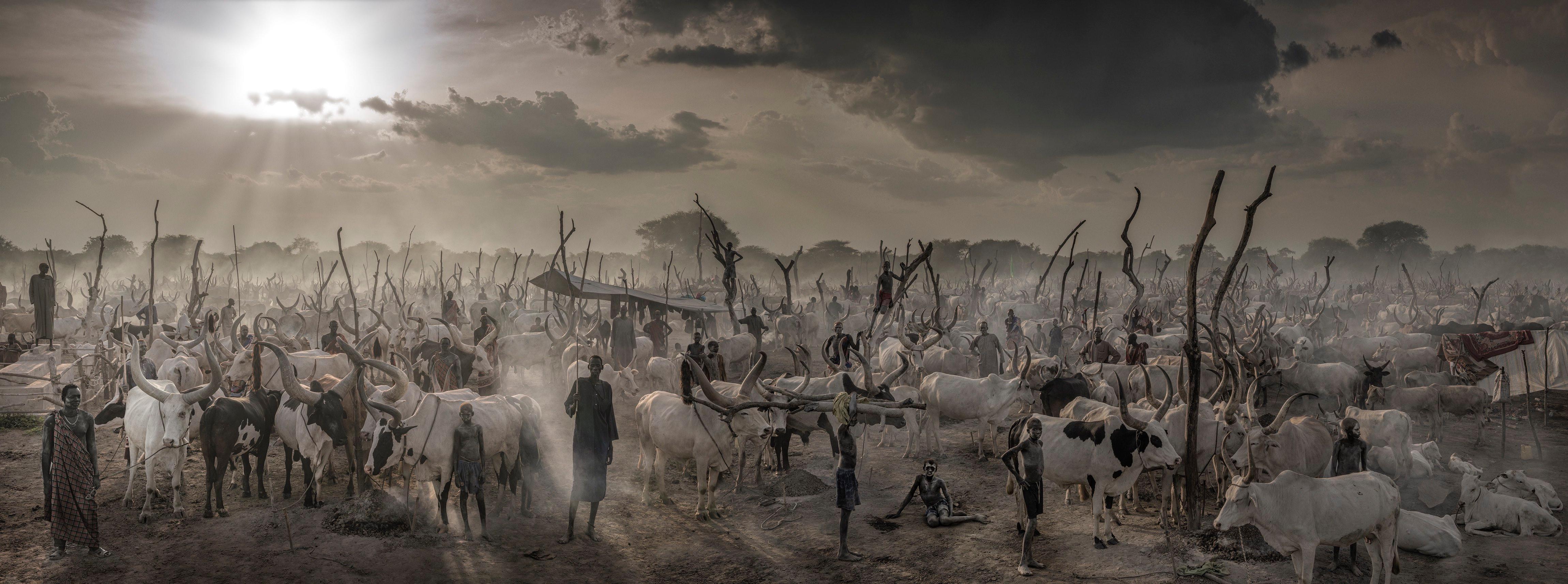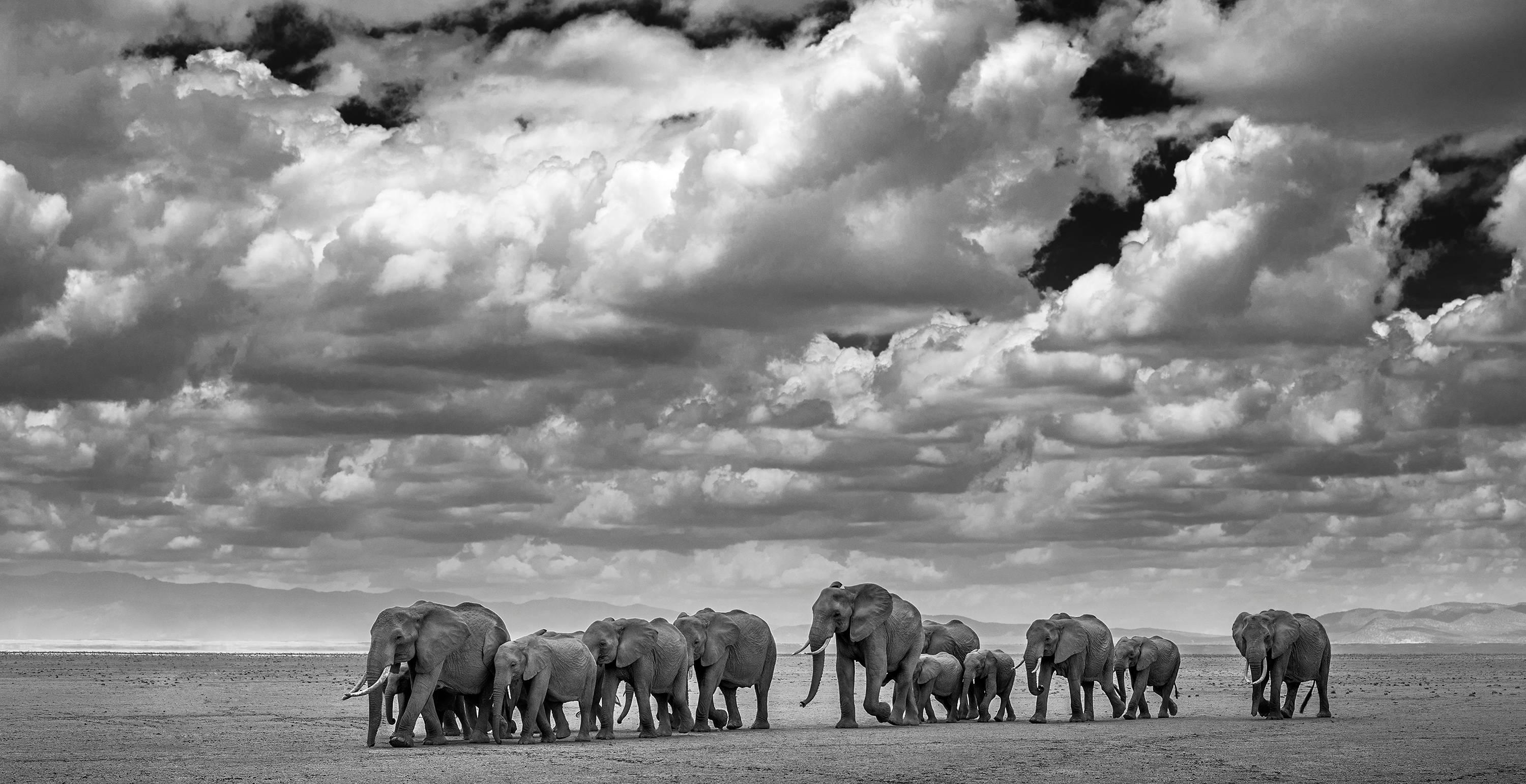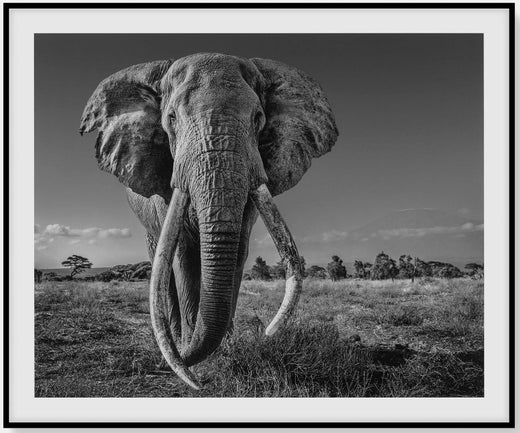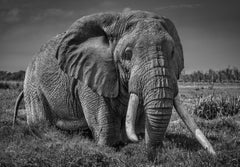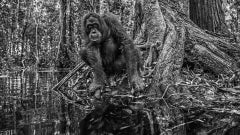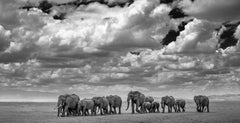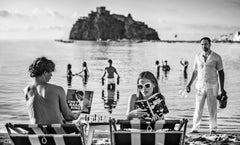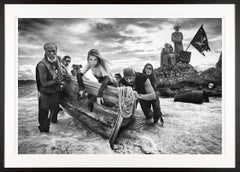David YarrowA Ship Called Dignity2017
2017
About the Item
- Creator:David Yarrow (1966, Scottish)
- Creation Year:2017
- Dimensions:Height: 48 in (121.92 cm)Width: 64 in (162.56 cm)
- Medium:
- Movement & Style:
- Period:
- Condition:
- Gallery Location:Chicago, IL
- Reference Number:1stDibs: LU38831720373
David Yarrow
David Yarrow, born 1966 in Scotland, took up photography at an early age, as a 20-year-old he found himself working as a photographer for The London Times on the pitch at the World Cup Final in Mexico City. On that day, he took the sensationalized picture of Diego Maradona holding the World Cup and, as a result, was subsequently asked to cover the Olympics and numerous other high profile sporting events.
Many years later, Yarrow established himself as a fine art photographer by documenting the natural world from new perspectives and recent years have been career-defining for his mark on the world of contemporary fine art photography.
Yarrow’s evocative and immersive photography of life on earth is most distinctive and has earned him an ever-growing following among art collectors and celebrities. His distinct large monochrome images made in Los Angeles are on display in leading galleries and museums across Europe and North America. Yarrow is now recognized as one of the best-selling fine art photographers in the world and his limited edition works regularly sell at high prices at Sotheby’s and other auction houses.
In September 2019, Rizzoli published their second book by Yarrow, with a personal foreword written by global NFL star Tom Brady and thoughtful afterword written by American cultural icon and supermodel Cindy Crawford. All royalties from the book have been donated to conservation charities Tusk in the UK and WildAid in the US.
Yarrow's position in the industry has been rewarded with a wide range of advisory and ambassadorial roles. He is an ambassador for WildArk and The Kevin Richardson Foundation and is the European ambassador for Nikon. Yarrow has been integral to Nikon's most anticipated camera release of the last decade. In December 2017, he shot LVMH’s latest “Don’t Crack Under Pressure” campaign with Cara Delevingne. In January 2019, he was appointed as a global ambassador for UBS. In the spring of 2020, Yarrow was appointed a global ambassador for Best Buddies – one of America’s most established children’s charities.
Yarrow became an ambassador for the African Community and Conservation Foundation and presented his work in the Endangered Rangers virtual fundraiser. At the start of 2020, Yarrow was in Australia documenting the devastating bush fires that have destroyed communities, wildlife and wildlands. Using the striking images that he captured of the effects of the fire, he launched the #KoalaComeback Campaign to support the recovery efforts in Australia. The campaign raised over $1.4 million, and as Yarrow continues to work for humanitarian causes, his steadfast determination continues to make positive change for the benefit of global awareness. Currently, Yarrow continues to create stunning imagery with lasting global impact and archival quality that speaks to his reverence for the art of photography in capturing the wonders of the world.
Find a collection of original David Yarrow photography on 1stDibs.
- ShippingRetrieving quote...Shipping from: Chicago, IL
- Return Policy
More From This Seller
View All21st Century and Contemporary Contemporary Black and White Photography
Archival Pigment
21st Century and Contemporary Contemporary Black and White Photography
Archival Pigment
21st Century and Contemporary Contemporary Black and White Photography
Archival Pigment
21st Century and Contemporary Contemporary Black and White Photography
Archival Pigment
21st Century and Contemporary Contemporary Black and White Photography
Archival Pigment
21st Century and Contemporary Contemporary Black and White Photography
Archival Pigment
You May Also Like
2010s Black and White Photography
Archival Paper, Rag Paper, Digital Pigment
2010s Black and White Photography
2010s Contemporary Figurative Photography
Archival Pigment
21st Century and Contemporary Contemporary Black and White Photography
Photographic Paper, Archival Pigment
2010s Contemporary Figurative Photography
Archival Paper, Digital Pigment
2010s Contemporary Figurative Photography
Archival Pigment
